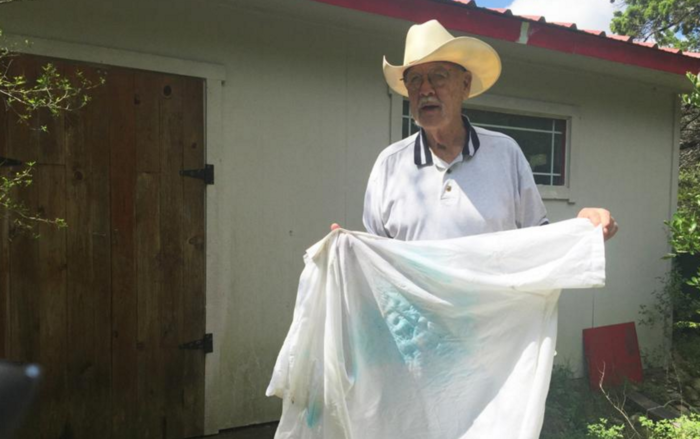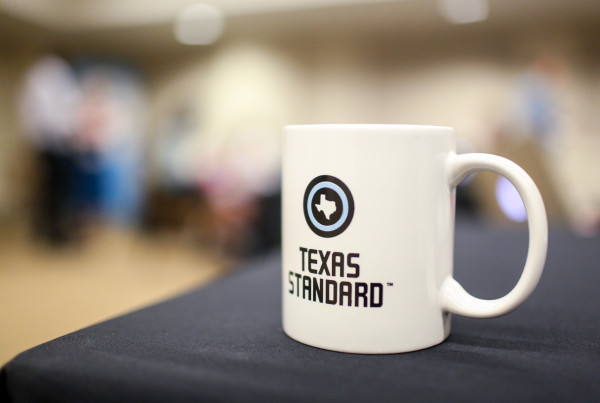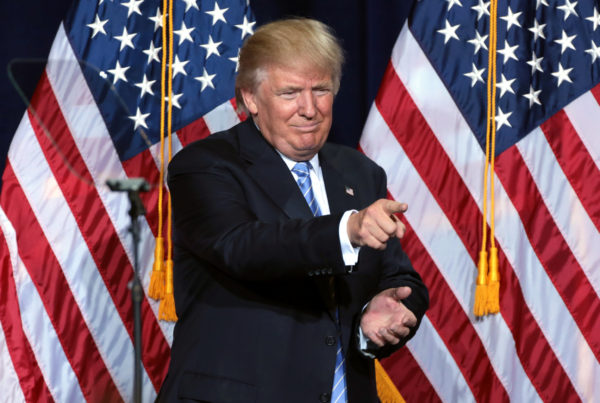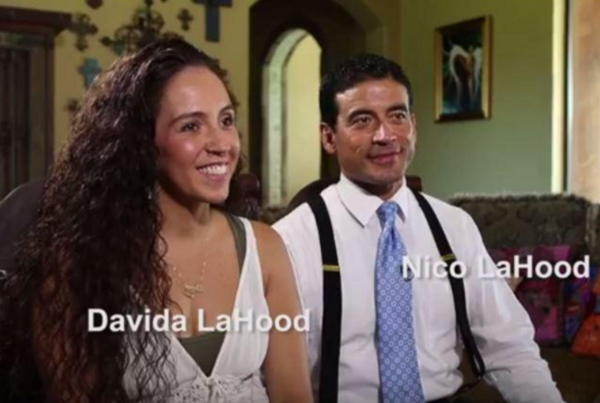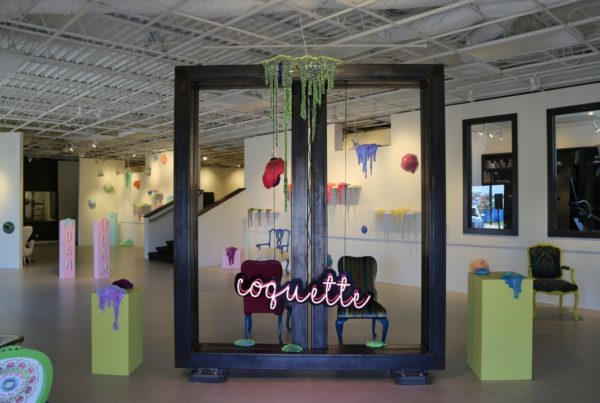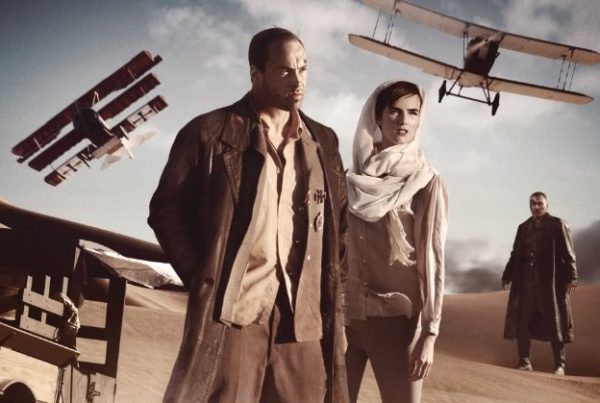The world of wearable technologies is quickly advancing: smart watches, fitness trackers, and virtual reality headsets. But recently, wearables have moved beyond the daily data-tracking sphere and into potentially saving lives.
On May 13, Roger Hunt from San Marcos suffered a cardiac event – and thanks to a wearable, he was shocked back to life on the spot. Digital Savant Omar Gallaga, with the Austin American-Statesman’s 512 Tech has been following Hunt’s story.
“He was collapsed on the ground and he was wearing what’s called a LifeVest. It is a wearable – it looks like a brassiere of sorts – that you wear around your chest, and it shocked him back to life,” Gallaga says. “It’s an external defibrillator that he was wearing after having some other heart issues … now he’s doing great, he’s actually ended up having an implantable device put in after that.”
The LifeVest is available to the public, but not a lot of patients know about it right now.
“It was FDA approved in 2009, it’s from a company out of Pittsburg, and I think about 1,000 people in Texas are using it at any given time – about 45 people around the Austin area,” he says. “It’s been around and people know about it. Robert Hunt’s wife – Amanda, who I spoke to – she was a registered nurse and she had never heard of it. So I think it’s one of those things where cardiologists know about it, people in the industry know about it, but potential patients might not even know that it exists.”
Gallaga says that doctors are currently prescribing it as a bridge device, for patients who aren’t ready for surgery yet.
What you’ll hear in this segment:
-Other kinds of medical and health related technology such as the Deep TMS Helmet
-Sports helmet technology for monitoring injuries such as concussions
-More about the life-vest that saved Hunt’s life


